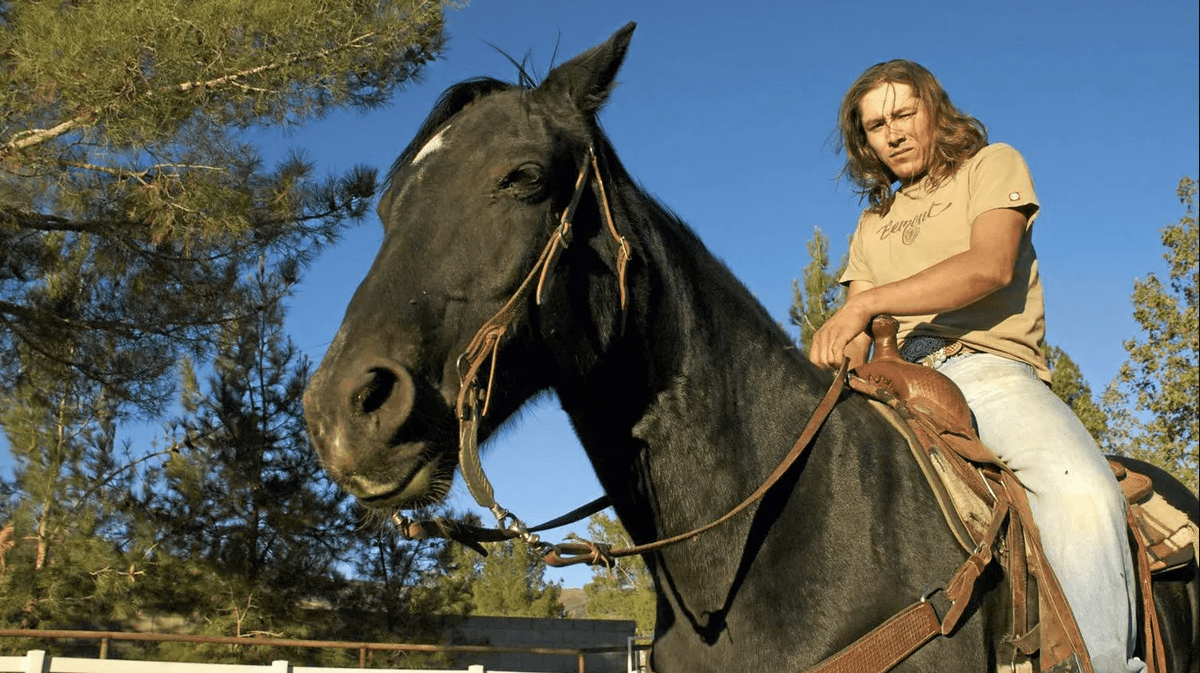Books and Documentaries for De-Colonizing Your Thanksgiving
Want the actual facts?

Sorry not sorry, but the Thanksgiving you know was built on a big colonial lie. In fact, most of the “history” you think you know, whether from Hollywood or the classroom, has been fictionalized in one form or another. So, if you’re looking for something to do while traveling for the holiday, we’ve collected 11 books and documentaries to help de-colonize* your Thanksgiving (and all the other days of the year).
Note: decolonization is a term for the economic, cultural, and psychological processes by which colonization is undone. This can involve relearning languages; reclaiming land, resources, and belongings; shifting beauty standards; relearning history; and a host of other actions and behaviors. This is vital not just for improving the quality of life for colonized people, but also for improving democracy and independence.
Books
An Indigenous People’s History of the United States by Roxanne Dunbar-Ortiz
This book breaks down the systemic genocide of Native American Tribes and how the American government encouraged the killing and indoctrination of Native peoples. There are many other books in this series and I would recommend any and all of them, but Roxanne Dunbar-Ortiz’s contribution is of particular note.
This Land Is Their Land: The Wampanoag Indians, Plymouth Colony, and the Troubled History of Thanksgiving by David J. Silverman
If you’re looking for books on the Wampanoag tribe and the actual facts of Thanksgiving, then this one is a solid place to start. David J. Silverman goes into not only the creation of the alliance but the dissolution of it, and how that has led to an “ongoing struggle for self-determination up to this very day.”
1491: New revelations of the Americas Before Columbus by Charles C. Mann
This book banishes many myths about pre-Columbian Native nations and the Western idea of them as small, mostly nomadic peoples who had little to no effect on nature. However, the opposite was true: Indigenous people in modern-day California practiced controlled burning to stave off wildfires, and Tenochtitlán, the capital of the Aztec empire, was larger and more technologically advanced than any European city at the time.
An American Genocide: The United States and the California Indian Catastrophe by Benjamin Madley
Like Dunbar-Ortiz’s book, An American Genocide goes into the state-sanctioned violence against the Native peoples that ultimately reduced their population to a fifth of what it was in 27 years. They spent 1.7 million dollars on eradicating the population and they nearly succeeded. Here’s an interactive map for more information on the Indigenous people and nations that populated the state.
Rez Life: An Indian’s Journey Through Reservation Life by David Treuer
David Treuer’s book is about more modern issues facing Native Americans such as sovereignty, treaty rights, natural-resource conservation, casinos, tribal government, and the Bureau of Indian Affairs, and how they all interconnect with disenfranchisement.
Salmon & Acorns Feed Our People: Colonialism, Nature, & Social Action by Kari Marie Norgaard
Another book about slightly more modern issues, Salmon & Acorns Feed Our People breaks down how sociologists have neglected the Native perspective and “how the ecological dynamics of settler-colonialism are essential for theorizing gender, race and social power today.”
Hollywood’s Native Americans: Stories of Identity and Resistance by Angela Aleiss
Angela Aleiss’s book explores the history of Native Americans on film and how this contributed to a shared cultural identity and offered a platform for protest. From silent film to digital, for better or for worse, the Native American has fascinated moviegoers for a century and left them with misconceptions and preconceived notions about the First Nations.
Documentaries
We Still Live Here: Âs Nutayuneân (2010), directed by Anne Makepeace
We Still Live Here: Âs Nutayuneân is a documentary about the revival of the Wampanoag language—long after the last Native speaker had died—that follows the descendants of the nation that dealt with the Pilgrims as they reclaim their cultural heritage to ensure its survival for future generations.
We Shall Remain (2009), directed by Chris Eyre, Ric Burns, and Stanley Nelson
A five-part, seven-and-a-half-hour PBS documentary about Native American history from 1621 to 1973, We Shall Remain examines well-known events, from the first Thanksgiving to Wounded Knee. It’s available to watch on the PBS website.
Images of Indians: How Hollywood Stereotyped the Native American (2003), directed by Chris O’Brien and Jason Witmer
Images of Indians takes a look behind the silver screen, showing how Native Americans have been depicted on film with archive footage and interviews.
Reel Injun (2009), directed by Neil Diamond
Neil Diamond’s documentary features an incredible collection of interviews with Native and non-Native actors and activists about Native Americans (and white people playing them) in film, including Clint Eastwood, John Trudell, Russell Means, Sacheen Littlefeather (whose claims of Apache heritage were recently contested), Robbie Robertson, Wes Studi, Jim Jarmusch, Chris Eyre, Graham Greene, Adam Beach, and Zacharias Kunuk.
Special thanks to The Mary Sue book club for some of these suggestions. For more recommendations, I suggest taking a look at this list from PBS and this list from the Los Angeles Public Library.
(featured image: Domino Film)
Have a tip we should know? tips@themarysue.com